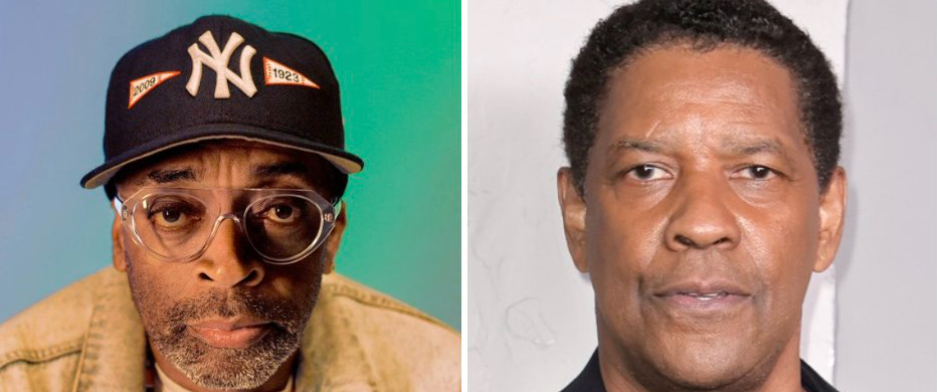
Yesterday I wrote on the late Michael Ballhaus' passing:
"As far as I'm concerned, Michael Ballhaus’ work on Rainer Werner Fassbinder’s "Along" was enough to get him legendary status among cinematographers — really, any of the 16 films he and Herzog worked on should guarantee him a spot on the shortlist for greatest Directors of Photography ever — however, the main reason why Ballhaus was such a legend is due to the work he created with Martin Scorsese, during the second half of his career. He became well known for his 360ᵒ tracking shots, which have gone down in film history as the “Ballhaus Kreisel,” he used it to peak effect in Scorsese’s classic "Goodfellas." (The Copacabana scene!) How he did not win for that film is still dumbfounding, especially considering that Dean Semler’s sub-par work in "Dances With Wolves" was rewarded instead. Although he was still technically considered "active," Ballhaus had recently announced that he was suffering from glaucoma and was slowly losing his eyesight. For someone whose passion and determination had so much to do with the visual, it must have been heartbreaking to live with that diagnosis as it unfortunately ended his illustrious career."
“For over 20 years, Michael Ballhaus and I had a real creative partnership, and a very close and enduring friendship. By the time we met, he had already made film history with Rainer Werner Fassbinder, and I revered him. He was a lovely human being, and he always had a warm smile for even the toughest situations—anyone who knew him will remember his smile. We started working together in the 80s, during a low ebb in my career. And it was Michael who really gave me back my sense of excitement in making movies. For him, nothing was impossible. If I asked him for something difficult, he would approach it with enthusiasm: he never told me we couldn’t do something, and he loved to be challenged. If we were running out of time and light, he would figure out a way to work faster. And if we were behind schedule and getting into a situation where we had to eliminate set-ups, he would sit down with me calmly and we would work it out together: instead of getting frustrated about what was being taken away, he would always think in terms of what we had. Really, he gave me an education, and he changed my way of thinking about what it is to make a film. He was a great artist. He was also a precious and irreplaceable friend, and this is a great loss for me.”
[Variety]
[Variety]





